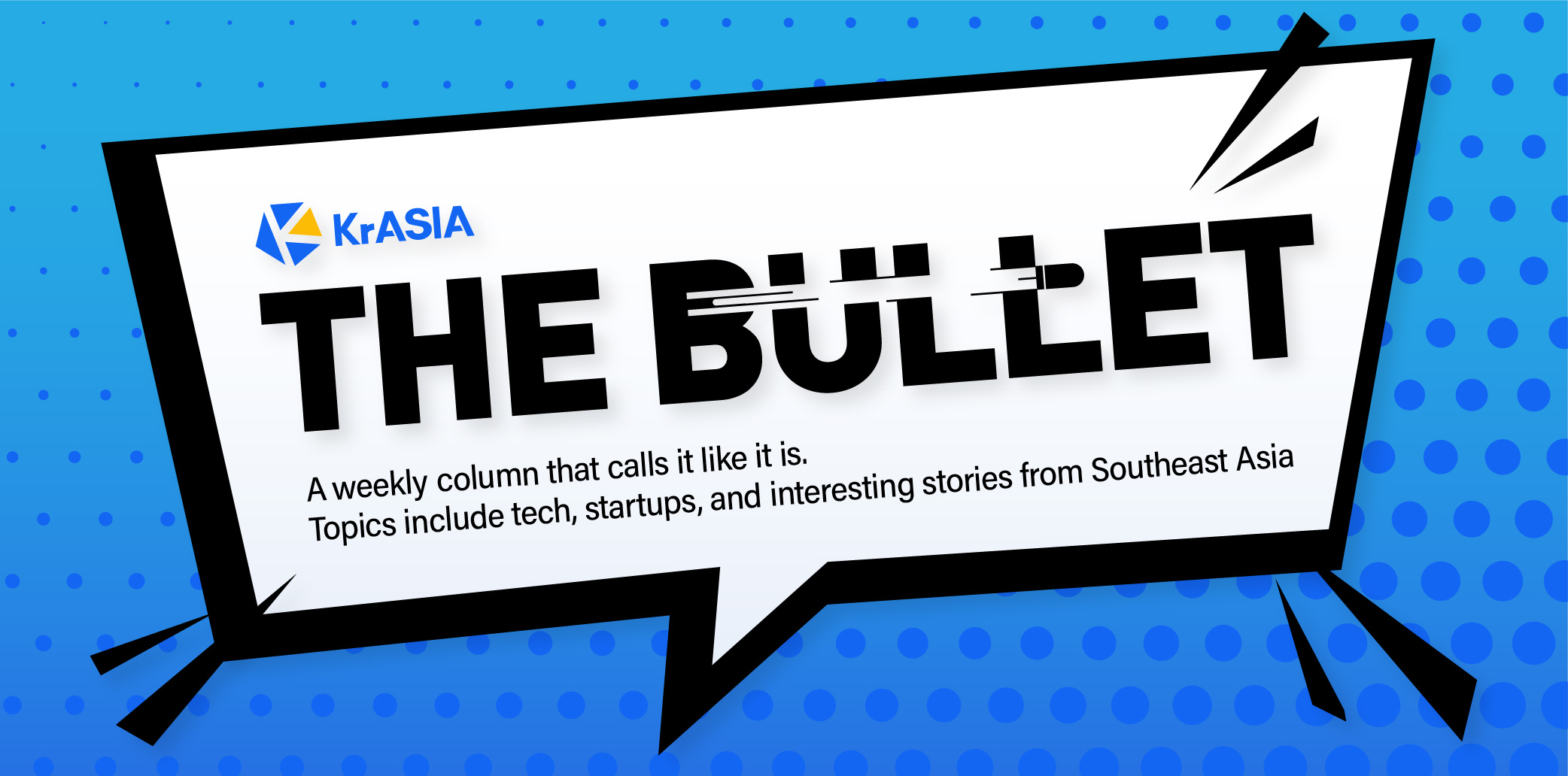Microfinance, or the practice of providing small loans and financial services to underserved communities, has become increasingly important in Southeast Asia in recent years. In a region where many people lack access to traditional banking and financial services, microfinance can help to provide much-needed financial support to entrepreneurs, small business owners, and low-income individuals.
According to a Bain & Company report from 2022, more than 70% of adults in Southeast Asia remain either “underbanked” or “unbanked.” This means a lack of access to traditional banking services, no opportunities to apply for loans, and no means to pay with anything other than cash.
Lack of access to loans and banking services can trap individuals and families in a cycle of poverty. Without access to credit, these individuals are unable to start or expand a business, purchase a home, or invest in their education. This can prevent them from achieving financial stability and can limit their economic opportunities. Additionally, not having a bank account can make it difficult for people to access government benefits and make it harder for them to participate in the formal economy, which can further entrench poverty. Overall, the lack of access to loans and banking services can create significant barriers for individuals and communities trying to break out of poverty.
Though the situation sounds dire, things are changing—a number of small banks, digital platforms, and apps have introduced microfinance services to the region, providing financial services to those who need them the most.
One such app is Tala, which is based in Indonesia and provides small loans and financial services to underserved communities. Tala has helped provide financial support to thousands of individuals in Indonesia, many of whom would otherwise have limited access to such services.
Through the Tala app, users can apply for loans, track their financial performance, and access other financial services such as saving and budgeting tools. The loans provided by Tala are typically small, ranging from $10 to $500, and are designed to help individuals start or grow their own businesses, pay for emergency expenses, or meet other financial needs.
Another app making a difference is Kiva, a microfinance platform that allows individuals to lend small amounts of money to entrepreneurs and small business owners in developing countries. Founded in 2005, Kiva has provided loans to millions of borrowers in more than 90 countries around the world, including several countries in Southeast Asia. Its tagline is: “Make a loan, change a life.”
Stepping away from apps for a moment, another microfinance organization worth recognizing is the Negros Women for Tomorrow Foundation (NWTF) in the Philippines. It provides small loans and financial education to low-income women in rural areas of the Negros Occidental province. NWTF was founded in 1994 with the goal of empowering women and reducing poverty in the region. The organization offers a variety of loan products, including loans for small businesses, agricultural loans, and loans for education and training. NWTF also provides its borrowers with financial education and business development training to help them succeed in their ventures.
People often say, “more money, more problems,” but for many people, especially in Southeast Asia, the saying “less money, more problems” seems to be more accurate.
Microfinance organizations, including banks, credit unions, foundations, apps, and platforms, are helping to solve financial problems for millions of people around the world every day. While loans under $100 might not seem like a significant amount to some, for those in need it can make all the difference. It can be used to rent a shop, expand a business, or purchase inventory, all of which have the potential to help the borrower earn more and achieve greater financial stability and security. And at the end of the day, isn’t that what we all want and deserve — financial stability for the future?
All opinions expressed in this piece are the writer’s own and do not represent the views of KrASIA. Questions, concerns, or fun facts can be sent to [email protected].

